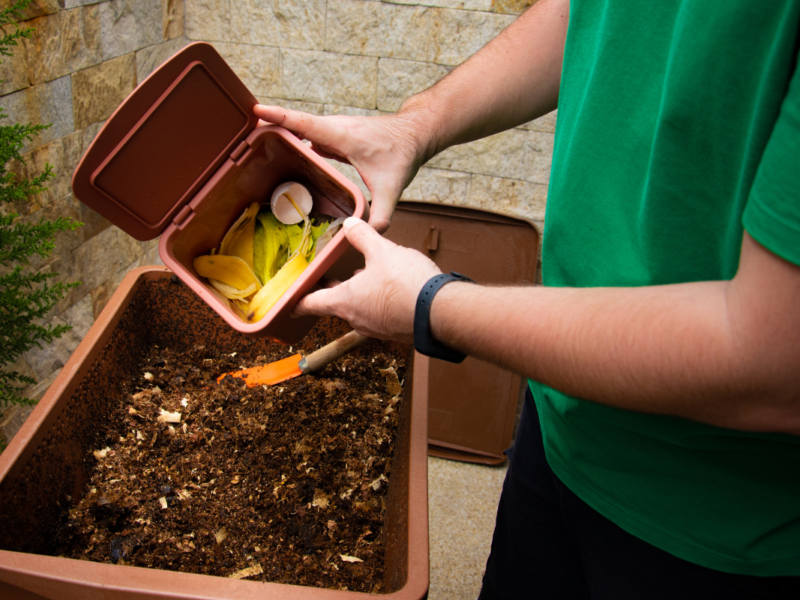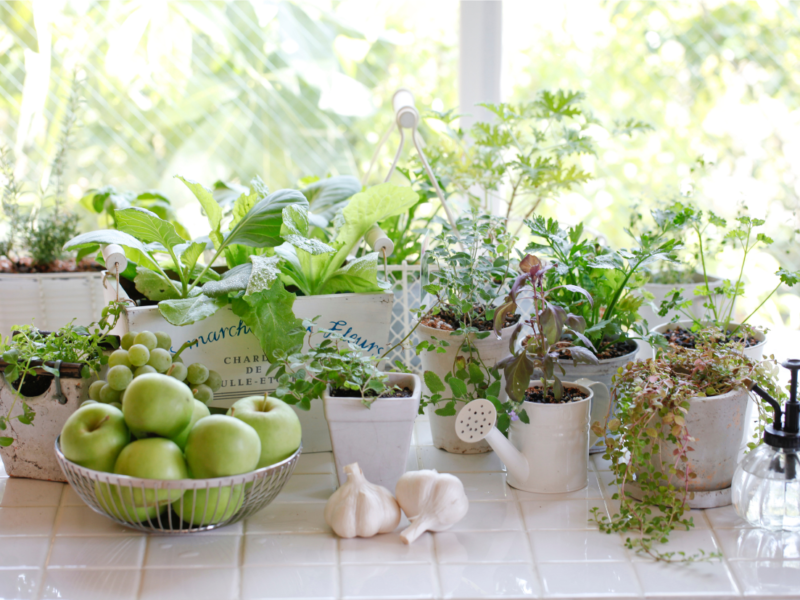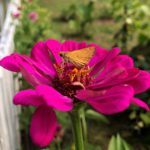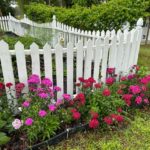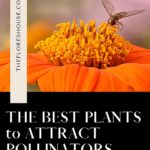Creating a friendly garden that attracts pollinators is not only beneficial for your plants but also for the environment. By inviting butterflies, bees, and other native pollinators to your vegetable garden, you can enhance biodiversity, promote plant reproduction, and enjoy the mesmerizing beauty of these fascinating creatures. In this article, we will explore how to attract pollinators to your vegetable garden and introduce you to various native pollinator plants that will make your garden buzz with life.
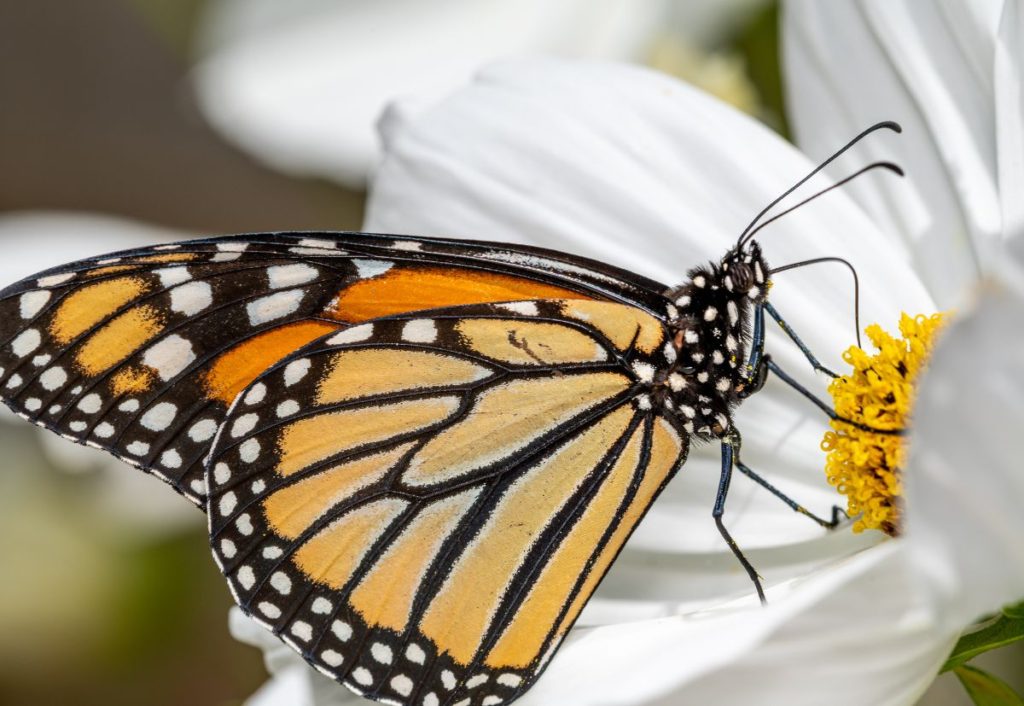
Pollinator Paradise: Plants That Attract Garden Guests
Designing Your Pollinator Garden
To create an inviting space for pollinators, careful planning is crucial.
Start by considering the layout and design of your garden. Incorporating a diverse range of plants that bloom at different times throughout the year will provide a continuous food source for pollinators.
Aim for a mix of annuals and perennials to ensure a consistent supply of nectar and pollen. Additionally, include a variety of flower shapes, sizes, and colors to attract a wide array of pollinators.
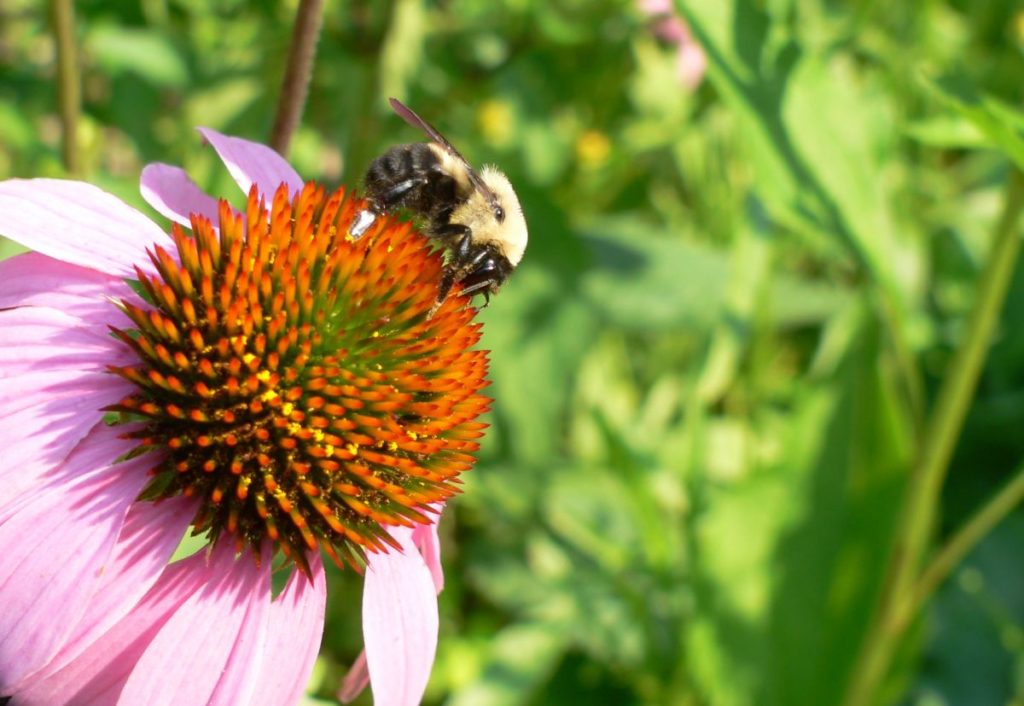
Embrace Native Pollinator Plants
Native plants are incredibly important for supporting local pollinator populations. These plants have evolved alongside native pollinators and offer the perfect combination of food and habitat.
Consider consulting resources such as the NC Native Plant Society or your local extension office to identify native plant species suitable for your region.
Native wildflowers, shrubs, and trees provide a feast for bees and butterflies and contribute to preserving your local ecosystem.
Must-Have Perennial Pollinators
When selecting plants for your bee and butterfly garden, focus on perennial species that will return year after year. Some excellent choices include:
a) Butterfly Weed (Asclepias tuberosa): This vibrant orange perennial is a favorite among butterflies, especially monarchs. Its nectar-rich flowers and foliage provide essential sustenance for these majestic creatures.
Butterfly weed is a stunning perennial plant known for its vibrant orange flowers and its ability to attract butterflies to your garden. Native to North America, butterfly weed serves as a vital host plant for monarch butterflies, providing them with a source of food and a place to lay their eggs.
This hardy plant thrives in sunny locations and well-drained soil. Its clusters of bright, nectar-rich flowers attract butterflies and draw in bees, hummingbirds, and other pollinators.
With its striking color and ecological importance, butterfly weed is a must-have addition to any pollinator garden, adding beauty and a habitat for these graceful winged creatures.

b) Bee Balm (Monarda spp.): With its striking, tubular flowers, bee balm is a magnet for bees, butterflies, and hummingbirds. Choose from various colors and enjoy its aromatic leaves and vibrant blooms.
Scientifically known as Monarda spp., Bee Balm is a captivating perennial plant with a special place in any pollinator garden.
With its vibrant blooms and enchanting fragrance, bee balm attracts many pollinators, including bees, butterflies, and hummingbirds.
Its tubular-shaped flowers, available in shades of red, pink, purple, and white, are irresistible to these winged visitors.
Not only does bee balm provide a visual feast with its showy flowers, but it also offers a rich source of nectar, making it a favorite among pollinators. Its aromatic foliage adds another layer of appeal, releasing a delightful minty fragrance when brushed against.
Whether planted in garden beds, borders, or containers, bee balm is a must-have for any bee-friendly garden, adding color, fragrance, and a buzz of activity.
c) Purple Coneflower (Echinacea purpurea): A hardy and reliable perennial, the purple coneflower boasts beautiful daisy-like blooms. Its nectar-rich flowers attract bees and butterflies while giving your garden a pop of color.
Echinacea purpurea, commonly known as Purple Coneflower, is a stunning perennial plant that holds a special place in the hearts of both gardeners and pollinators.
With its vibrant purple petals surrounding a prominent cone-shaped center, this native wildflower is a favorite among bees and butterflies.
Read Next: What to Buy for Your Favorite Gardener
Its nectar-rich flowers act as a beacon, attracting pollinators to your garden. Purple Coneflower adds a burst of color to your landscape and possesses medicinal properties, making it a valuable addition to any herb or pollinator garden.
Its hardiness and tolerance to various soil conditions make it a resilient and low-maintenance plant that will continue to grace your garden with its beauty year after year.
Also, there are fancy varieties of echinacea, such as doubles and variations of colors to add to your garden. Embrace the enchanting allure of Echinacea purpurea, and watch as it becomes a cherished centerpiece in your pollinator haven.
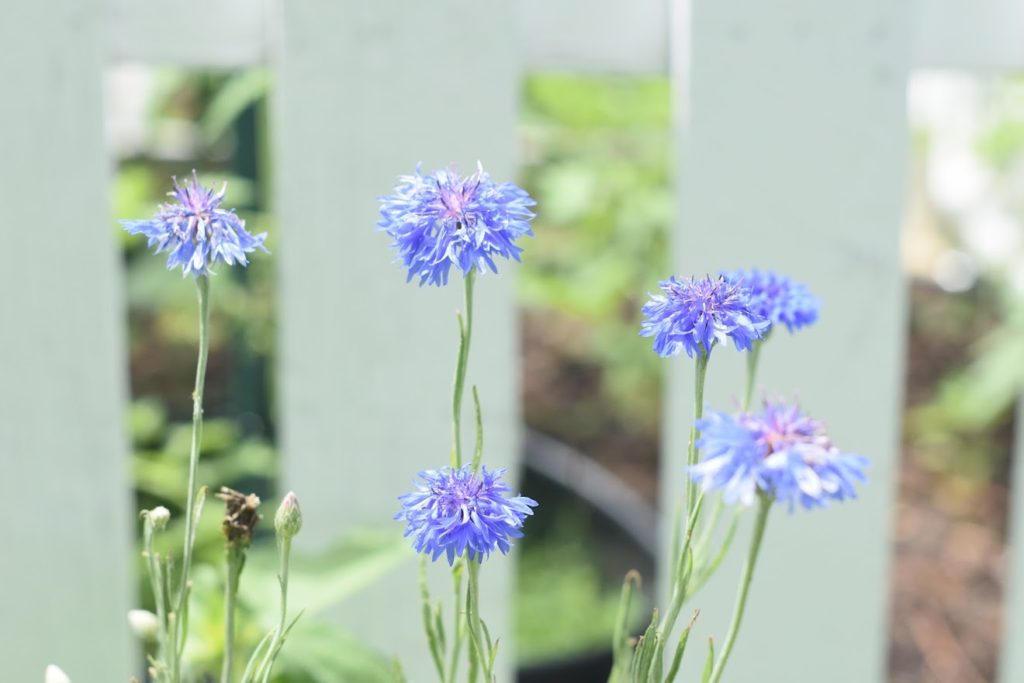
Front Yard Pollinator Gardens
Transforming your front yard garden into a pollinator-friendly space adds visual appeal and spreads awareness to your neighbors. Incorporate pollinator perennials such as:
a) Black-eyed Susan (Rudbeckia spp.): This North American native features cheery yellow flowers with dark centers, attracting bees, butterflies, and birds.
Black-eyed Susans (Rudbeckia spp.) are beloved wildflowers known for their vibrant and cheerful appearance.
These resilient plants thrive in various hardiness zones (3-9) and are particularly attractive to bees, butterflies, and birds.
Black-eyed Susans add a burst of color to any garden or landscape with their striking yellow petals and dark centers.
These perennials are beautiful and low-maintenance, making them a popular choice for both beginner and experienced gardeners.
Their abundant nectar and pollen make them a valuable food source for pollinators, helping to support their populations and promote a healthy ecosystem.
Whether planted in borders, meadows, or wildflower gardens, black-eyed Susans will bring joy, pollinators, and a touch of summer to your outdoor space.

b) Salvia (Salvia spp.): Available in various colors, salvias are a haven for pollinators. Bees, hummingbirds, and butterflies are particularly drawn to their aromatic blooms.
Salvia, also known as sage, is a versatile and beautiful plant favorite among pollinators. With its vibrant flowers and aromatic foliage, salvia attracts many pollinators, including bees, butterflies, and hummingbirds.
The tall spikes of flowers come in a variety of colors, such as purple, red, pink, and blue, adding a stunning visual appeal to any garden. Not only does salvia provide nectar-rich blooms for pollinators, but it also offers a lovely fragrance that adds an extra sensory delight to your outdoor space.
Salvia is a must-have plant for any pollinator-friendly garden, whether planted in borders, containers, or herb gardens.
Read Next: Plant These Spectacular Spring Flowers
c) Joe-Pye Weed (Eupatorium spp.): With its tall, pinkish-purple flower clusters, Joe-Pye weed is a standout addition to any pollinator garden. It’s highly attractive to bees and butterflies, providing a late-season feast.
Joe-Pye weed is a magnificent perennial plant that adds beauty and elegance to any garden. Named after a Native American herbalist, Joe-Pye Weed features tall, sturdy stems adorned with clusters of pinkish-purple flowers.
This plant attracts bees and butterflies and serves as a valuable late-season food source for these pollinators. With its impressive height and striking color, Joe-Pye Weed stands tall in the garden, creating a captivating focal point.
Its presence adds visual interest and contributes to your pollinator garden’s overall health and diversity.
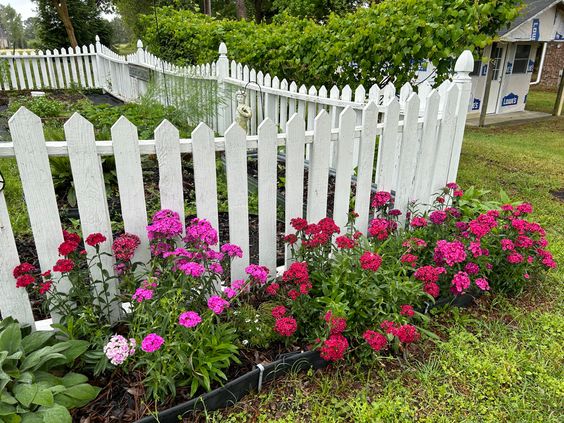
Read Next: Extensive List of Heirloom Sunflowers to Plant
Attract Pollinators to Your Garden with These Plants
| Plant Name | Hardiness Zones | Pollinators Attracted |
|---|---|---|
| Butterfly Weed | 3-9 | Butterflies, Bees |
| Bee Balm | 4-9 | Bees, Butterflies, Hummingbirds |
| Echinacea Coneflower | 3-9 | Bees, Butterflies |
| Black-eyed Susan | 3-9 | Bees, Butterflies, Birds |
| Salvia | 3-9 | Bees, Butterflies, Hummingbirds |
| Joe-Pye Weed Eupatorium | 4-9 | Bees, Butterflies |
| Lavender | 5-9 | Bees, Butterflies |
| Catmint | 3-8 | Bees, Butterflies |
| Sunflower | 4-9 | Bees, Butterflies |
| Phlox | 4-8 | Bees, Butterflies, Hummingbirds |
| Dianthus (Sweet William) | 3-9 | Hover Flys, Bees, Butterflies, Wasps |

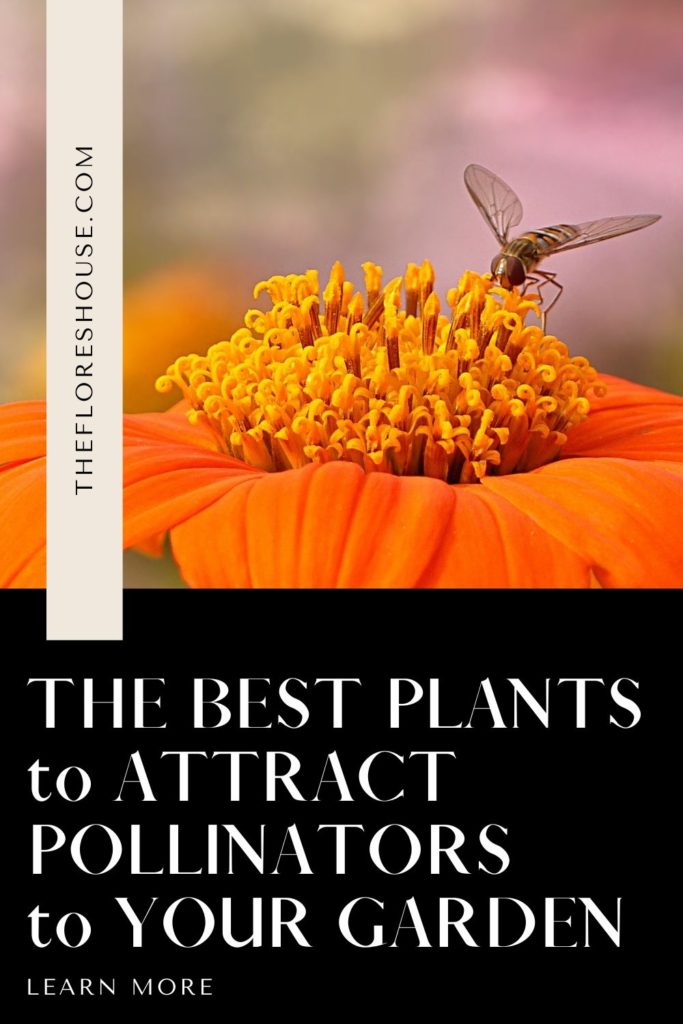
By creating a bee-friendly garden and incorporating native plants, you can attract an array of pollinators to your vegetable garden. The helpful suggestions provided in this article, along with the inclusion of wildflowers, perennial plants, and other pollinator favorites, will not only enhance your garden’s beauty but also contribute to the overall health of our ecosystem. So, get your gardening gloves on, plant these pollinator magnets, and watch your garden come alive with the delightful buzz of bees and the graceful flutter of butterflies.
